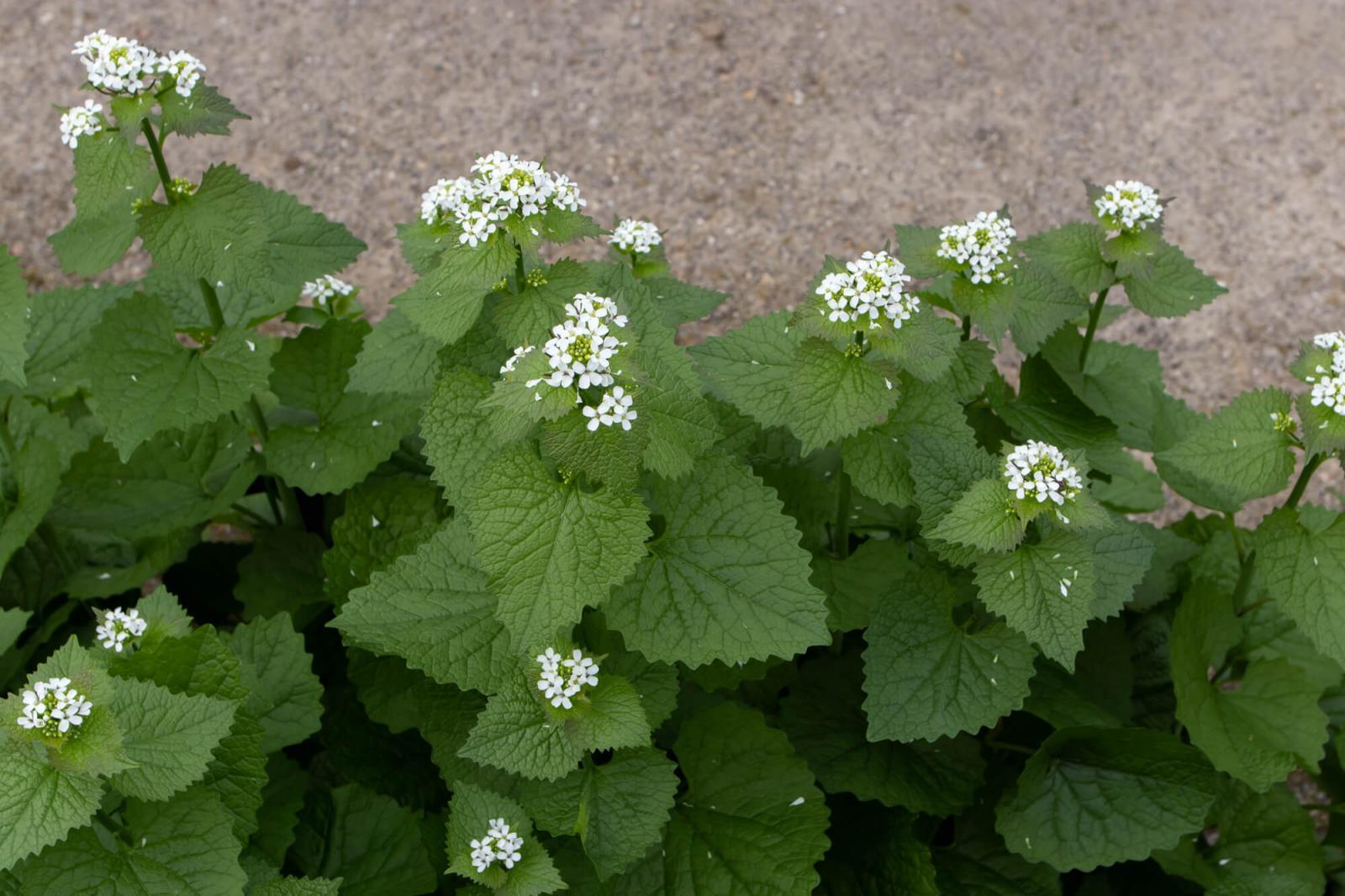August 26, 2021

Garlic mustard can actually alter the soil chemistry and inhibit all other plants from growing in your garden.
You’ve found an invasive plant in your garden — now what?
Invasive species have the potential to harm gardens, wildlife and, most importantly, threaten the livelihood of native species. When you see an unfamiliar plant, it is important to identify what it is and then take the respective steps to get rid of it.
Connor Kendall, coordinator of the Ontario Invasive Plant Council (OIPC), speaks to the myriad of invasive plants found in Ontario — from garlic mustard to Japanese knotweed. Due to the sheer number of plants that could possibly invade your garden, she urges people to always pivot to research first.
“If there's a new plant in your garden, and you don't know how it got there, or you don't know what it is, there are some great resources online to help you identify these plants,” says Kendall. “You can just upload photos of these plants online and you’ll be able to find what it is or we can also look at it at the OIPC and help with some of those identification things.”
Once identification is complete, how the plant is removed depends on the plant itself. If you find an invasive species growing in public property, then the best course of action is to report it.
If it’s on your own property, you can go right ahead and begin the removal process yourself.
“There's different techniques for different plants,” says Kendall. “The management will change slightly based on the plant, so a little bit of research goes a long way. In any case, the best course of action is to start dealing with it as soon as you notice it.”
Removing an invasive species from your garden will not be an overnight process and will require considerable work and attention.
“Invasive plant management is one of those things that will take several years to get under control, unfortunately, especially depending on how prevalent the infestation is,” adds Kendall.
 Invasive plants, like this Japanese knotwood, can outcompete other native plants in your garden and prohibit their growth.
Invasive plants, like this Japanese knotwood, can outcompete other native plants in your garden and prohibit their growth.
In order to speed up the process she urges gardeners to not compost the invasive plant material as they can simply re-sprout in another area. Instead, it’s best to solarize the material in a black garbage bag — a process where you bag live material and leave it in the sun for one to three weeks — to kill off any plant material before composting.
“Invasive species can have a huge impact on your garden, so it’s best to target their removal as soon as you find them,” says Kendall. “For example, there’s some invasive species, like garlic mustard, that can actually alter the soil chemistry and inhibit all other plants from growing or there are other plants that can just outcompete any other native species in your yard.”
So, the next time you see something unfamiliar in your yard, make sure to look at it a bit closer — you never know what new visitors are there and how they could be impacting your garden.